Winter Solstice, Dongzhi (冬至) in Chinese, is a traditional Chinese festival. In terms of astronomy, the sun touches the Tropic of Capricorn at a longitude of 90 degrees. Contrary to the Summer Solstice, it is the time when the Northern Hemisphere embraces the shortest daytime and shortest amount of sunlight in the whole year. After the Dongzhi Festival, it gradually becomes longer and longer, and the night becomes shorter; at the same time, it means the cold weather is coming.
Winter Solstice Festival does not fall on a fixed day, which usually comes on the 21st, 22nd, or 23rd of the 12th month in the Gregorian calendar. The Winter Solstice 2025 will come on December 21st, and the Next Dongzhi Festival will fall on December 22, 2026. It ranks 22nd in the 24 solar terms, which were created to provide agricultural guidance for farming. For now, Dongzhi is celebrated worldwide, especially in China, where people tend to eat dumplings.
Table of Contents
What is the Dongzhi Festival?
When Is Dongzhi Festival 2025?
Why Is the Dongzhi Festival Important?
How Do the Chinese Celebrate Dongzhi Festival?
Dongzhi Festival Food
History & Origins of Dongzhi Festival
Chinese Winter Solstice Greetings
FAQs about Dongzhi Festival
What is the Dongzhi Festival?
Dongzhi Festival is the 22nd one in the 24 Solar Terms, defined as the time when the sunlight reaches the Tropic of Capricorn, whose coming marks the shortest day and longest night in the Northern Hemisphere. It is the first term set as a festival to celebrate the sun’s coming.
In terms of Yin-Yang philosophy, the Yin energy, representing the passive energy, enters its peak period. After this stage, the Yin energy gradually shortens, and the Yang energy, symbolizing the active energy, increasingly becomes stronger. The extreme cold usually comes after the Dongzhi one or two months later.
In ancient times, folks observed some physical phenomena to confirm the coming of the Winter Solstice, including earthworms’ winding, elk antlers’ falling, and springs’ surging. In the Chinese lunisolar calendar, the month of the Winter Solstice is November. Celebrating the winter solstice from the Han Dynasty (206 BC - 220 AD), people welcomed its coming through some sacrifices, just like embracing the new year.
When Is Dongzhi Festival 2025?
The Winter Solstice Festival usually comes in late December. To be more specific, its date ranges from 21 to 23. The Chinese winter solstice 2025 will fall on December 21, a Sunday. Although it is an important Chinese traditional festival, there is no public holiday setting.
Year Date of Winter Solstice Festival Day 2023 December 22 Friday 2024 December 21 Saturday 2025 December 21 Sunday 2026 December 22 Tuesday 2027 December 22 Wednesday 2028 December 21 Thursday
Why Is the Dongzhi Festival Important?
The Winter Solstice Festival is one of China’s 24 solar terms, recognized by UNESCO in 2016. It symbolizes a new cycle beginning and is considered the turning point of the Yin-Yang conversion, which also provides important guidance for agricultural production and understanding the laws of nature.
Except for that, the Dongzhi Festival symbolizes renewal. Family members reunite with each other and have a big dinner on that day, therefore, which is called “Chinese Thanksgiving”. In some regions of China, it is as important as the Spring Festival, so it is also known as the Little Spring Festival.
How Do the Chinese Celebrate Dongzhi Festival?
There are a lot of Dongzhi festival traditions, which differ in the northern and southern regions of China. Originally, people in ancient times worshiped heaven and ancestors, even in the Tang and Song dynasties, which reflects the relationship between humans and nature. During the Ming and Qing dynasties, some ceremonies to worship heaven were still held in the imperial palaces. These worship and some folks' traditions form the festival customs nowadays. More details about how to celebrate the Winter Solstice are as follows.
Ancestral Worship
Ancestral worship has been a tradition in the Dongzhi Festival for a long time. In most of the northern regions of China, families set a home altar in front of their ancestors’ tablets, put incense burners on it, and honor ancestors with offerings of dumplings, steamed chicken, and pork. In some southern parts of China, people tend to do tomb-sweeping, taking some offerings to show respect and missing, which is similar to the Qingming Festival.
Counting the Nines of Winter
According to historical records, Records of Customs and Festivals in the Jing-Chu Area, there is a folk custom, singing Double Nine Rhyme, which exists in the northern part of China and can be dated back to the Southern and Northern Dynasties period (420-589 AD). That is a folk song counting down 81 days to spring, with rhymes predicting weather changes.
The Double Nine Rhyme goes like this: For the first and second nine days, we do not hold out our hands. For the third and fourth nine days, we walk on ice. For the fifth and sixth days, we will watch willow trees from the banks of the river. For the seventh nine days, the rivers crack; for the eighth nine days, the swallows return. For the ninth nine days and another nine days, water buffalo plow the fields all over.
Regional Variations
Northern China
Festival activities and foods of the Winter Solstice Festival vary in different regions. Chinese dumpling is an indispensable festival food in Northern China. People there believe that dumpling-making can prevent frostbitten ears and that eating dumplings during the Winter Solstice can help them get rid of negative energy.
On one hand, the shapes of dumplings look the same as the ears. On the other hand, the Yin energy is extremely vigorous during the Dongzhi. Folks are prone to have some hot foods or drinks to keep Yang's energy up and get nutrition according to the traditional recipes, to which dumplings belong.
Drinking mutton soup is one of the festival's delicacies, especially for people from the northern part of China. In terms of traditional Chinese medicine, mutton has a warm nature and, at the same time, gives the human body a quick Yang energy boost. It not only resists wind chill but also improves health, especially for elders.
Southern China
If dumpling is the representative traditional festival dish in Northern China, then Tangyuan belongs to the one in Southern China. Due to its round shape, Tangyuan (glutinous rice balls) stands for family unity. People in Southern China see the Winter Solstice as one of the most important festivals in winter and a time for family members to reunite.
In regions south of the Yangtze River in China, it is a festival tradition to have red bean porridge, also named Dongzhi porridge, which is made of red bean, glutinous rice, etc. The porridge is considered a good way to drive evil spirits away.
Taiwan
In Taiwan, steamed nine-layer cakes made from glutinous rice flour are kneaded into different shapes, including cock, duck, ox, goat, etc., carrying auspiciousness. In Chinese culture, the number nine is the largest odd number, which is viewed as a lucky number and means eternity. And nine layers also symbolize promotion. During the Dongzhi festival, people will visit ancestral tombs with the nine-layer cakes to show their reverence to ancestors.
Dongzhi Festival Food
Most Chinese people focus on a regimen, in particular, a healthy diet. It is believed that various food serves different purposes in certain seasons or solar terms, especially when it comes to the Dongzhi Festival. People are used to having some Yang food. Most traditional winter solstice foods carry good omens, both in their pronunciations and physical forms.
Dumplings (Jiaozi)
The dumpling symbolizes wealth and protection from the cold. There are two reasons. One is that common types of dumplings look like gold ingots. For now, more shapes of dumplings have been created, like yuan bao, goldfish, and lucky bag, which all carry good omens. Another is that, due to extremely cold weather in northern China during the Winter Solstice, people love to intake sufficient heat through hot food and liquids to stay warm. And dumpling is the best choice.
In addition to diverse looks, dumplings are wrapped with different fillings. Some popular fillings, including lamb, ginger, and garlic, are welcomed by the public, and most of them are great with meat. Moreover, Jiaozi filled with vegetables, like chives, cabbage, and mustard plants, is also loved by most elders, kids, or light dieters. Seafood is often used as stuffing as well, of which tender shrimp belongs to the typical one, and Spanish mackerel is also a preference among seafood lovers.
Tangyuan
Tangyuan, also named sweet rice balls, symbolizes reunion, which is not only the festival food for the Lantern Festival but also a specialty in Dongzhi. For most people in South China and some Chinese in other Asian countries, it is a custom to get together and have a meal of tangyuan. Its round shape makes it the symbol of unity (“Round” shares the same pronunciation as “Reunion” in Chinese). This kind of glutinous rice ball is stuffed with sweet paste or meat fillings and covered in different colors, which is often served in broth or sweet soup.
Other Regional Delicacies
Wonton: As the old saying goes, “Eat wontons in the Winter Solstice, and Noodles in the Summer Solstice.” Having a meal of wontons during the Dongzhi Festival in eastern China is necessary, like in Suzhou, Jiangsu province. Similar to dumplings, wontons have a variety of fillings, like meat, vegetables, shrimp, etc., which may differ in different regions. But the wonton dough is much thinner than the dumpling. A bowl of wonton soup can make you warmer in winter.
Mutton Soup: Having a bowl of mutton soup is a festival tradition for people in northern and western China. Its warm nature and high nutrition contribute to health and warmth in the human body.
Cured Meat: You can find cured meats during the Winter Solstice in the south of China, which is like what people did during the Chinese New Year. Households tend to make roasted meat, which is an indispensable delicacy in the Guangdong and Guangxi provinces.
Ginger Rice: In the Chaoshan region, locals have ginger rice, which is made of shredded or chopped ginger and glutinous rice. Largely due to the effect of building health, Ginger can warm the body and boost circulation. Besides, part of the Hakka are in the habit of having ginger rice as well. They put pork and mushrooms into the rice, making it more yummy.
Rice wine: It is a custom to drink rice wine during the Winter Solstice in the south of China, like the Jiangxi and Hunan provinces. The warming drink can keep the body warm in Dongzhi. This liquor is made of glutinous rice or yellow rice with sweet soup.
History & Origins of Dongzhi Festival
The origins of the Dongzhi Festival can be traced back to more than 3,000 years ago. The earliest winter solstice was discovered through the sundial in the Zhou Dynasty. At that time, folks believed that the Winter Solstice Festival was more important than the Spring Festival.
Dongzhi was originally recognized as a day for imperial sacrifices to heaven and ancestor worship. In traditional belief, the worship could bring a good harvest in the next year. Most temples and buildings were built for this reason.
The Winter Solstice was formalized during the Tang Dynasty (618-907) and Song Dynasty (960-1279). Officials would get a 7-day holiday to go home, reunite with family members, and worship heaven and their ancestors.
Travel Tips for Dongzhi Festival 2025
The following cities are representative tour destinations, which ensure you have a great time during the winter solstice. Contents, including the best time to go and practical tips, are enumerated for your reference.
Best Destinations to Experience Dongzhi Festival
Beijing
During the Ming and Qing Dynasties (1368-1644 AD), winter solstice rituals like Temple of Heaven ceremonies and temple fairs were held. Although there are no heavenly rituals anymore, this kind of celebration was still passed down through generations. For now, in folk society, natives worship ancestors at the Winter Solstice.
Shanghai
In addition to tomb-sweeping, it is traditional for Shanghai residents to eat sweet rice balls during the Winter Solstice. In the vicinity of Shanghai, Suzhou’s classical gardens are decorated with night lanterns during the festival. Other activities like stove-boiled poetic gatherings and Dongzhi toast will be held to celebrate.
Taiwan
Taipei’s Confucius Temple for ancestral worship rituals belongs to one of the most typical winter solstice celebrations. After the ceremony, natives tend to pluck out hair from the ears, eyes, and eyebrows of sacrificed cattle to become wiser.
When to Go
The official date below is prepared for you to plan your festival tour earlier. You can start your trip before or during Dongzhi.
Generally speaking, the Winter Solstice usually falls on December 21, 22, or 23, and it slightly changes in the lunar calendar, ranging from November 7-10. The official date of the Dongzhi Festival 2025 will be December 21. It falls on November 1 in the lunar calendar.
Practical Tips
1. Book tickets early for popular temple events
Some temple events tend to be popular even on weekends. Therefore, it is necessary to book tickets for some tour attractions to avoid ticket shortages.
2. Wear warm clothing
Temperatures often drop below freezing in northern China and are milder in the south. Prepare suitable clothes in advance according to the weather of the destination, including down coats, sweaters, gloves, nonslip shoes, etc.
3. Prepare some medicine
Some simple medicines are necessary. A large temperature range during the winter in many northern regions may bring discomfort and sickness.
4. Check the weather
Check the weather before departure in order to avoid dangerous icy roads and adjust trip routes in advance.
5. Prepare the charger plug
Due to the cold weather, the phone and camera tend to have low batteries. Extra battery and charger plugs should be put into your bag.
6. Prepare some food
When traveling during the Winter Solstice, you’d better prepare some calorie-rich foods, like chocolate and nuts, to keep up the strength of the body, especially when you travel to some northern cities in China.
Chinese Winter Solstice Greetings
People will say some Dongzhi festival greetings when they meet each other. “Happy Winter Solstice!” is the most common one. In Mandarin, it goes like dōnɡ zhì kuài lè (冬至快乐).
FAQs about Dongzhi Festival
1. When is the Winter Solstice in China?
It usually comes on the 21st, 22nd, or 23rd of December. The Chinese Winter Solstice Festival 2025 will come on December 21st.
2. Is the winter solstice a public holiday in China?
No. Winter Solstice is no longer a public holiday, but still a cherished family reunion event.
3. Is Dongzhi as important as the Chinese New Year?
No. But it was. Dongzhi is not as important as the Chinese New Year now. Both of them mean family reunions, and the Dongzhi Festival is still an important solar calendar.
Experience Chinese Festivals with Hi Five Trip
Are you interested in authentic Chinese festivals? Book a privately guided China tour with us to experience local culture and be involved in more festival events in China. Here are some recommended China tour packages for your reference:
If the China tours above don't fit your schedule, our China travel experts can help you tailor a unique China tour itinerary according to your preferences.

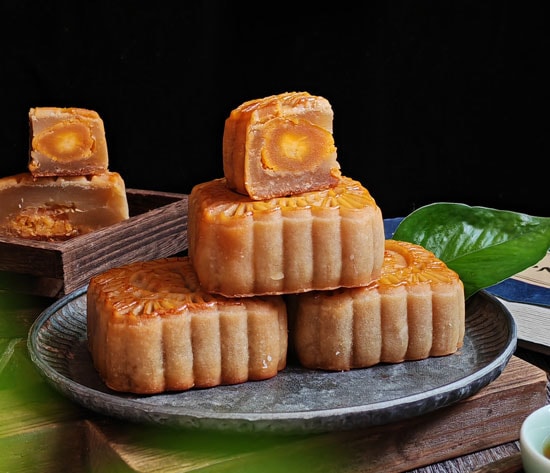
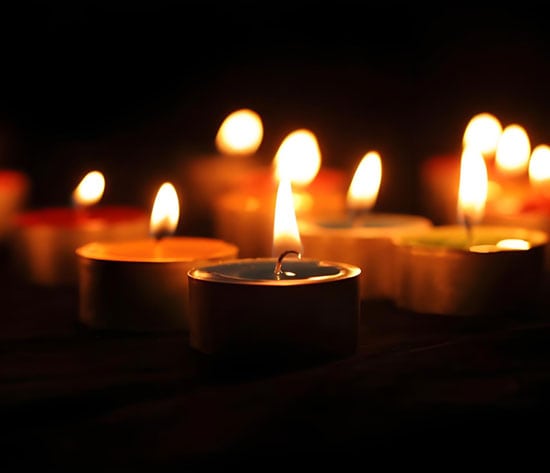
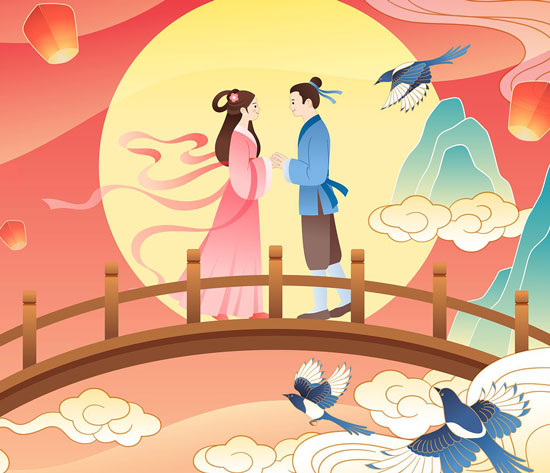
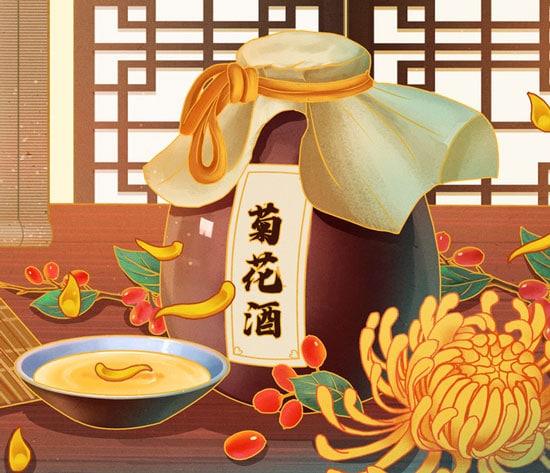
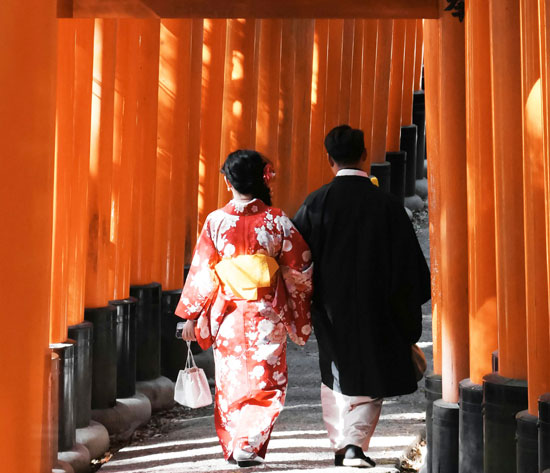
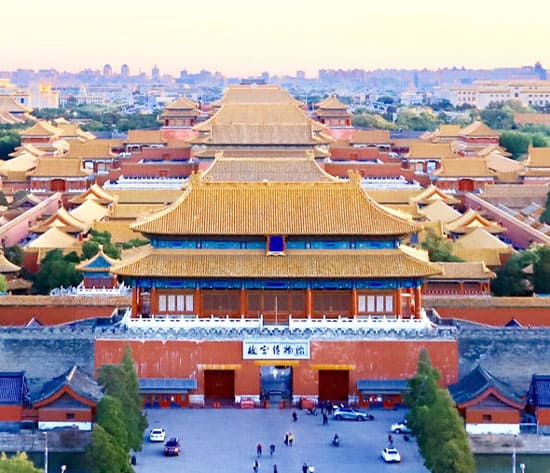
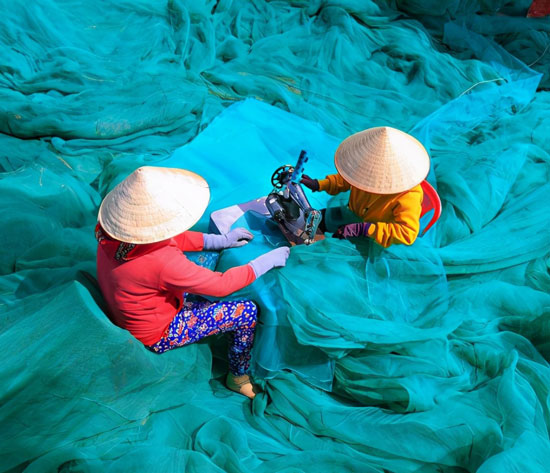
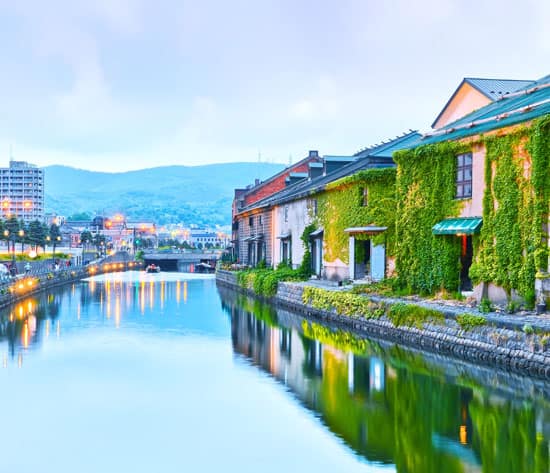
Have a Question?
You might see your comment appear on this page, but your email address and full name will not be published. Your personal information will remain confidential. Our Asia travel experts will get back to you as soon as possible. Required fields are marked *